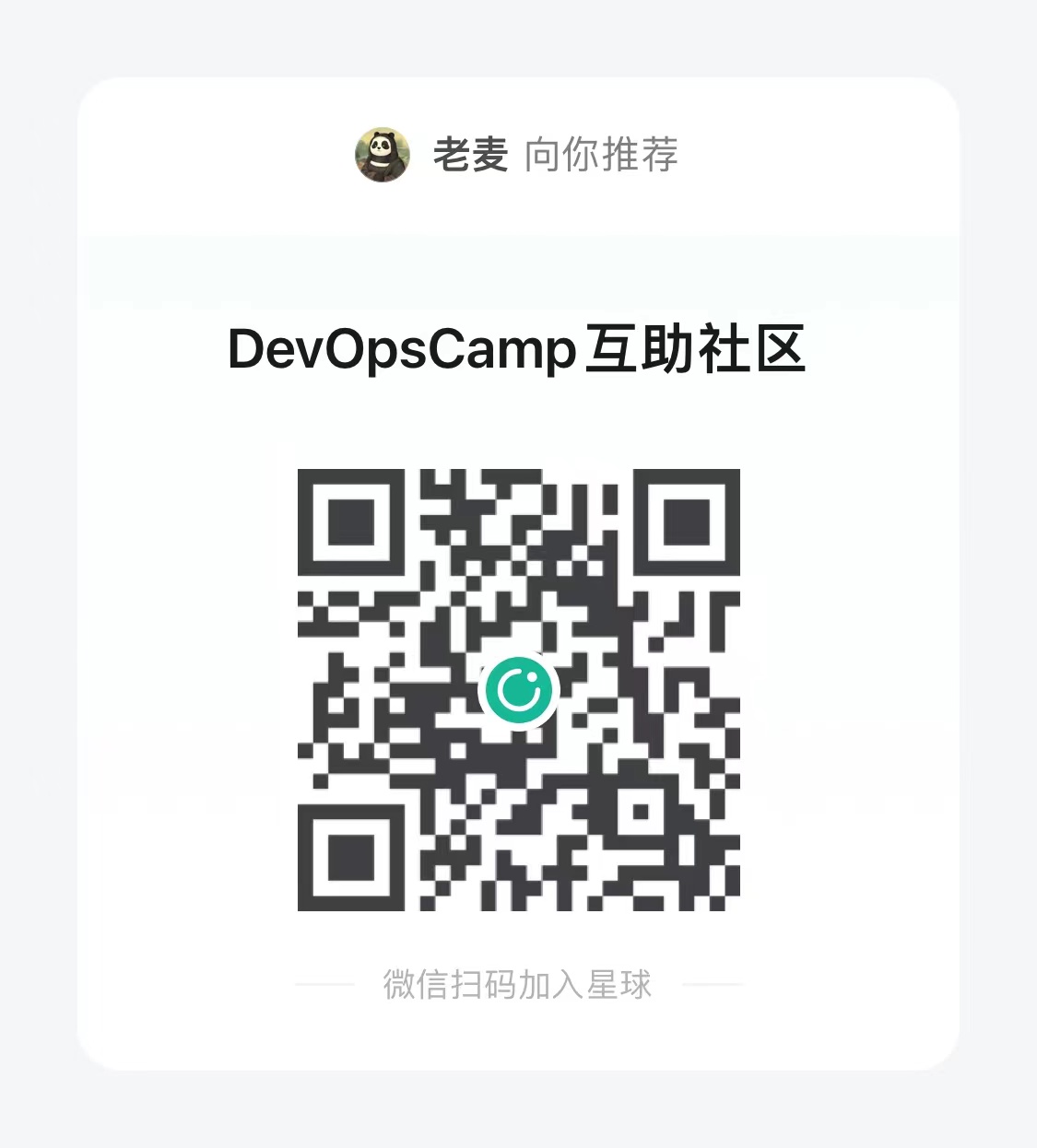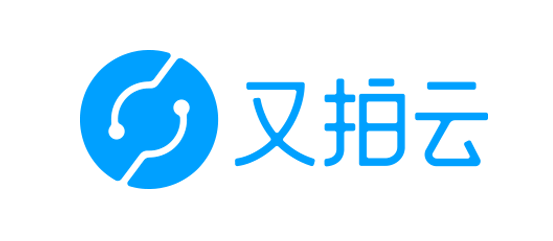开发 k8s 管理平台 - k8sailor 13. 使用 k8s informer 订阅集群事件
开发 k8s 管理平台 - k8sailor 13. 使用 k8s informer 订阅集群事件
原文地址: https://tangx.in/posts/books/k8sailor/chapter02/13-k8s-informer/
tag: https://github.com/tangx/k8sailor/tree/feat/13-k8s-informer

从应用层面来说, 创建 informer 并启动之后就与 k8s cluster 创建了一个长链接并订阅了 某个资源 Resource 的变化。
至于订阅后得到的数据要怎么用完全取决于订阅者的业务设计。
Shared Informer Factory 共享机制
Informer 又称为 Shared Informer,表明是可以共享使用的,在使用 client-go 写代码时,若同一资源的 Informer 被实例化太多次,每个 Informer 使用一个 Reflector,会运行过多的相同 ListAndWatch(即图中的第一步),太多重复的序列化和反序列化会导致 k8s API Server 负载过重。
而 Shared Informer 通过对同一类资源 Informer 共享一个 Reflector 可以节约很多资源,这通过 map 数据结构即可实现这样一个共享 Informer 机制。
| |
informer.Run(stopCh): informer 在启动的时候需要传入一个 通知停止的 channelstopCh <-chan struct{}。 因此用户是可以 主动 关闭 informer 通道的。所有
informer都是通过go协程跑在后台的。
Shared Informer Factory 注册 infomers
上面提到, Shared Informer Factory 一个很重要的作用就是
- 管理注册 Informer
- 防止相同类型的 Infomer 重复注册
/pkg/confk8s/informer.go , 在注册 Informer 的时候其实很还是很方便的。
| |
informer event handler
所有的 informer handler 满足接口
| |
即处理 增 OnAdd, 改 OnUpdate, 删 OnDelete 三种事件。
项目案例
例如在本项目中

在本地创建了一个名为 k8scache 的存储空间, 使用 k8s informer 订阅了 Deployment 的数据并保存到了 本地
/internal/k8scache/deployment.go
中的 DeploymentCache 对象中。 并对外提供 deployment 的查询功能。
由于项目本地都存的是数据副本,只提供了 查询 namespace 下的所有数据, 根据 name 查询某个 deployment 这样简单的功能。 原本 k8s 通过 label 查询 这样 好用 功能, 目前也就无法再提供了。
自此, biz 代码逻辑中与 Deployment 相关的查询使用的数据源都修改为 k8scache。
| |
informer 启动
上面已经说了, 使用 informer 创建的是一个独立 应用/模块, 可以作为一个 模块存在于应用内部, 也可以作为一个 独立的应用。
无论是怎么定义的, informer 的启动和关闭都 必须要 独立控制。
本项目中是作为一个模块, 在启动 http server 之前进行启动。 /cmd/k8sailor/cmd/httpserver.go
| |
分层后代码实现的问题
其实上述 切换数据源 的实现是有问题的。
数据源的切换不应该是在 biz 中完成, 而是应该在 k8sdao 中进行。
- 从逻辑上来说
k8scache和k8s是一层的, 都是数据的提供者。 DAO的含义是 数据访问对象data access object, 其职责就是对 来自不同数据源的相同数据 执行 适合自身业务逻辑的抽象和封装
扩展阅读
深入理解 k8s informer: https://cloudnative.to/blog/client-go-informer-source-code/
- 原文链接:https://typonotes.com/posts/books/k8sailor/chapter02/13-k8s-informer/
- 本文为原创文章,转载注明出处。
- 欢迎 扫码关注公众号
Go与云原生或 订阅网站 https://typonotes.com/ 。 - 第一时间看后续精彩文章。觉得好的话,请猛击文章右下角「在看」,感谢支持。


